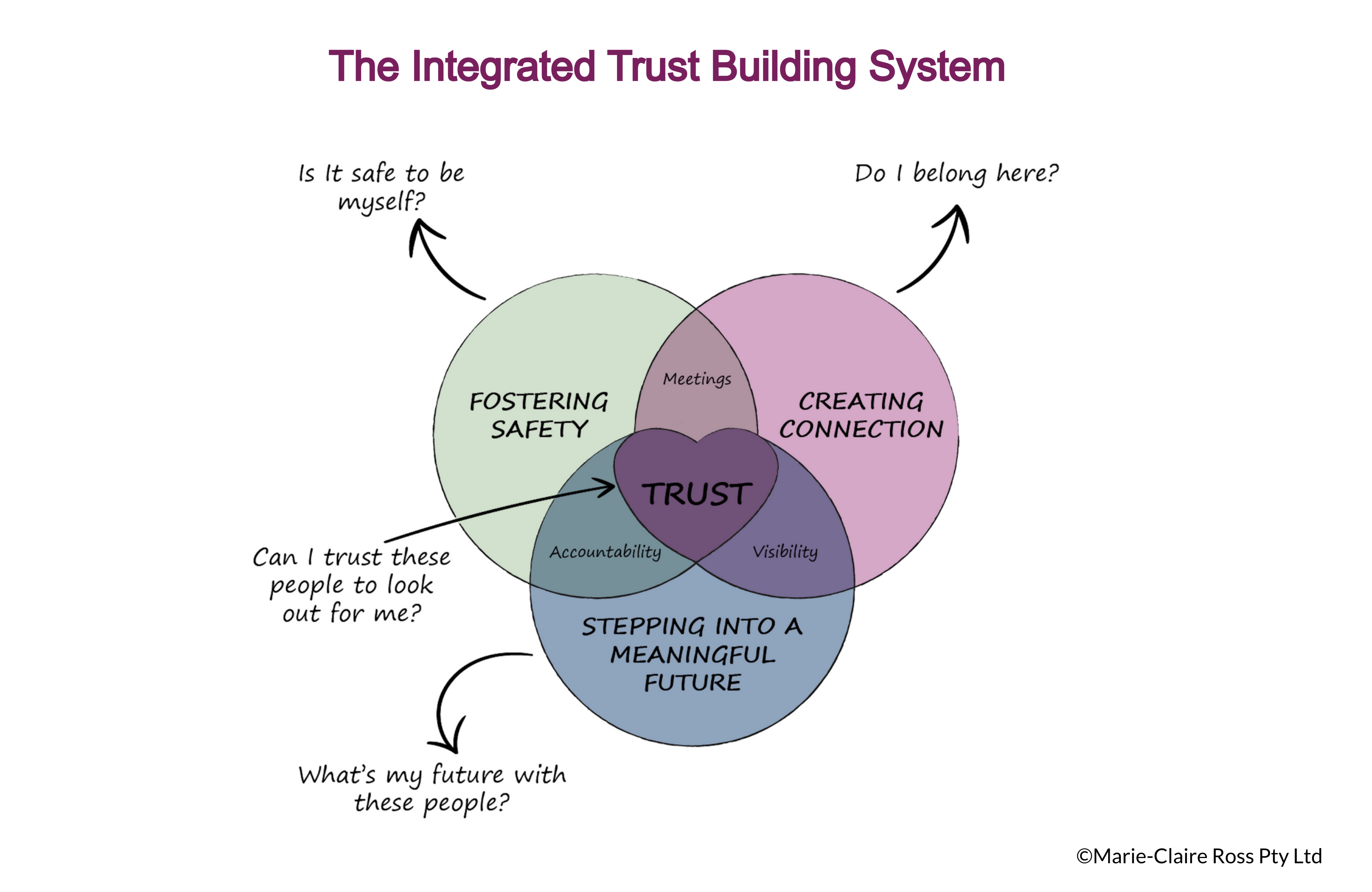
We are biologically wired to want to be with other people. It is a deep human need to feel like we belong and fundamental to human motivation.
One of the things about being human is that we have a deep desire to feel connected to others (even if we deny it!).
At the heart of what we do, is the need to seek approval, help people and feel like we're part of a tribe. After all, tribes are the basic building block of any large human effort.
As Brendon Burchard says in the book, The Charge, neuroscience has found that we feel more alive when certain drives are activated. These being 1) To have control of ourselves and our environment, 2) to have competence in our environment, 3) congruence (to live in integrity with who we think we are), 4) the need to be caring (to care for people and be cared for) 5) the drive to feel connection (to connect deeply with others).
We feel happy when we have a sense of connection to others and when we are able to interact happily together.
And while some of us might deny that they need to feel accepted by their workplace peers, the truth is that job satisfaction is high when you have close friends in your workplace. Those who don't have any friends, don't stay at the job long. There's not enough to anchor them to the business.
Likewise, having a connection to your manager or supervisor is another sign that you will stay longer at your job. Research discussed in the book, First, Break all the Rules by Marcus Buckingham, found that when staff have a good relationship with their manager or supervisor they are more engaged at work and stay longer at their job.
Interestingly, in the great book Tribal Leadership by Logan, King and Fischer-Wright, they believe that great leaders actually develop triads within companies. When you talk to someone one on one, the relationship is called dyadic. In business, having lots of these actually works against creating a great culture.
Instead, the more evolved leader has lots of triadic relationships were they talk to two other people at the same time. These leaders introduce other team members to each other and get them working together. There's also no perceived back-stabbing or under-hand activities going on, when you create open relationship with three or more people.
So it's no surprise that companies that perform well at safety also have open and regular communication about safety. They also have safety leaders that are experts at creating genuine personal connections with other members in their team, as well as bringing other people together.
In fact, what you find with people in safety and management (supervisory) leadership positions that value connecting with others is that they do the following things:
In our Workplace Safety Culture Model, we discuss how people feeling appreciated by their company is so important for a high performing culture. Even if you don't feel valued by you direct manager, start treating others how you want to be treated and see how your team changes.
.

We are biologically wired to want to be with other people. It is a deep human need to feel like we belong and fundamental to human motivation.

There comes a time in every team, when the energy seems to dip.